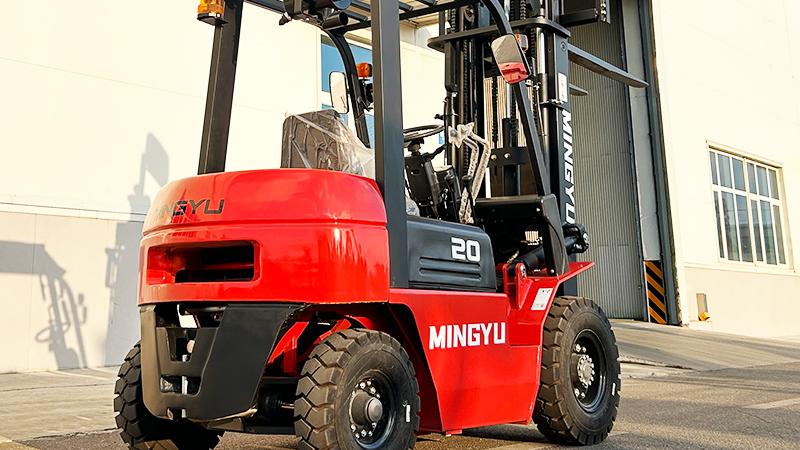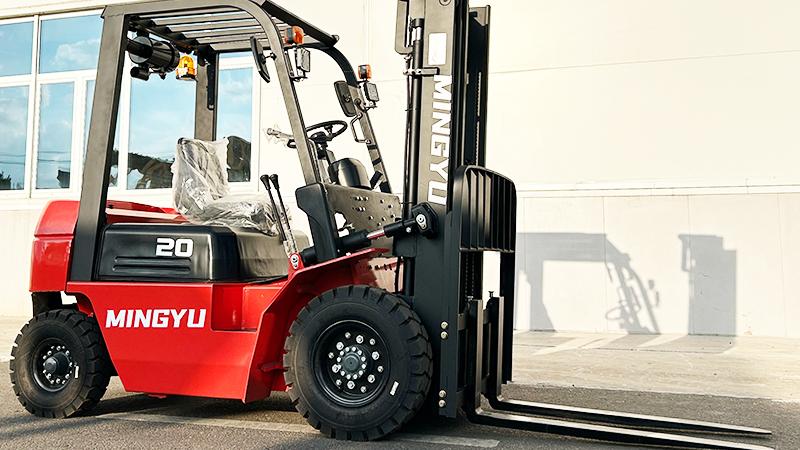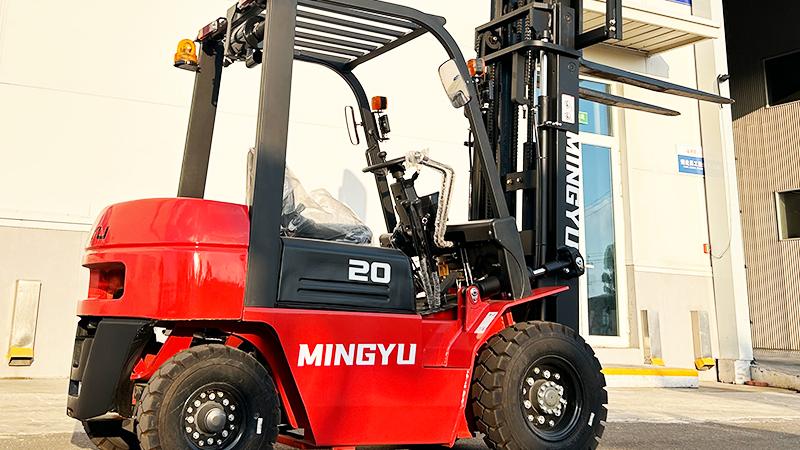The question of how much fuel a diesel forklift consumes per hour is a critical concern for warehouse managers, logistics coordinators, and business owners aiming to optimize operational costs and enhance environmental sustainability. Unlike a simple vehicle with a fixed fuel economy rating, a diesel forklift's hourly fuel burn is a dynamic figure, influenced by a complex interplay of mechanical, operational, and environmental factors. Providing a single, universal number is therefore impossible; a smaller 3-ton forklift might use roughly 2.5 liters per hour under moderate use, while a massive 16-ton capacity machine could consume 8 liters or more under heavy strain. Understanding this consumption is not merely about budgeting for fuel expenses; it is intrinsically linked to overall productivity, machinery longevity, and a company's carbon footprint. This deep dive into the determinants of diesel forklift fuel usage will empower operators and managers to move beyond rough estimates towards precise, actionable knowledge, enabling smarter decisions that impact the bottom line and operational efficiency.
At the heart of fuel consumption lies the forklift's powertrain. Key mechanical specifications set the baseline for potential fuel use. Engine size and power, measured in horsepower or kilowatts, is the primary determinant—a larger, more powerful engine inherently requires more fuel to operate, even at idle. Directly correlated is the forklift's rated load capacity. A machine designed to lift 5 tons is built with a more robust engine and heavier components than one designed for 1.5 tons, resulting in a higher base fuel consumption. Furthermore, the type of hydraulic system plays a significant role. Older models with fixed-flow hydraulic pumps constantly run at full capacity, wasting a substantial amount of energy. In contrast, modern diesel forklifts often feature advanced load-sensing hydraulic systems. These intelligent systems only deliver the precise amount of hydraulic fluid flow and pressure required for a specific operation, dramatically reducing unnecessary energy expenditure and fuel use during lighter tasks like simple maneuvering or lifting lighter loads. Therefore, the fundamental engineering and technological level of the forklift establish the framework within which all other operational factors act.
While the machine's design sets the stage, how it is used in daily operations is the true dictator of hourly fuel consumption. Operational intensity is perhaps the most significant variable. This encompasses a multitude of factors: the number of starts and stops, travel distances, average travel speed, and the height to which loads are routinely lifted. A forklift operating in a high-paced shipping dock, constantly accelerating, lifting pallets to significant heights, and traversing long aisles, will consume fuel at a much higher rate than one used intermittently in a storage area for occasional low-level retrieval. The load weight itself is crucial; consistently operating at or near the maximum rated capacity forces the engine to work harder, burning more fuel compared to moving partial loads. The duty cycle—the ratio of work time to idle time—is also vital. A forklift that idles for long periods, perhaps waiting for loading or due to operational inefficiencies, still consumes fuel without performing productive work, severely impacting its effective fuel efficiency per hour of operation. Operator behavior is another critical human factor; aggressive acceleration, harsh braking, and high-speed operation can increase fuel consumption by over 20%.
Beyond the immediate operation, broader management strategies and maintenance protocols are fundamental to controlling and minimizing fuel consumption. Proactive and scheduled maintenance is non-negotiable for fuel efficiency. A poorly tuned engine with dirty air filters, clogged fuel injectors, or old engine oil will run inefficiently, burning excess fuel. Regular maintenance ensures the engine operates at its peak efficiency. Tire condition and pressure are often overlooked yet are highly important; under-inflated tires increase rolling resistance, forcing the engine to expend more energy to move the forklift, thereby increasing fuel use. The working environment itself also plays a role. Operating on uneven, soft, or sloped surfaces requires more power and fuel than working on smooth, level concrete. Finally, embracing technological advancements and strategic operational planning can yield substantial savings. Telematics systems can be installed to monitor fuel usage, idle times, and operator habits in real-time, providing data-driven insights for targeted training and operational adjustments. Fleet managers can also optimize warehouse layout and workflow to minimize unnecessary travel distances. Ultimately, understanding a diesel forklift's fuel consumption is not about finding a magic number, but about comprehensively managing the machine, the operation, and the operator to achieve optimal efficiency and cost-effectiveness.
Post time:Sep.22.2025



